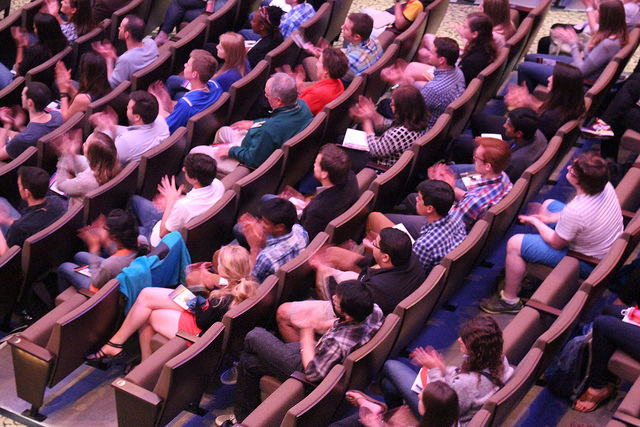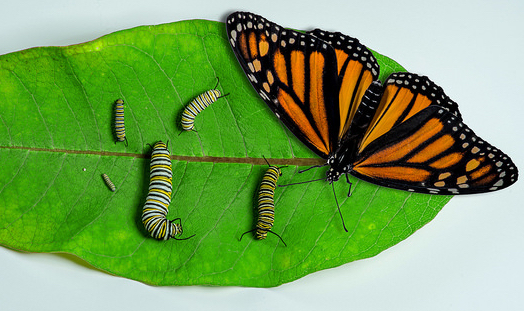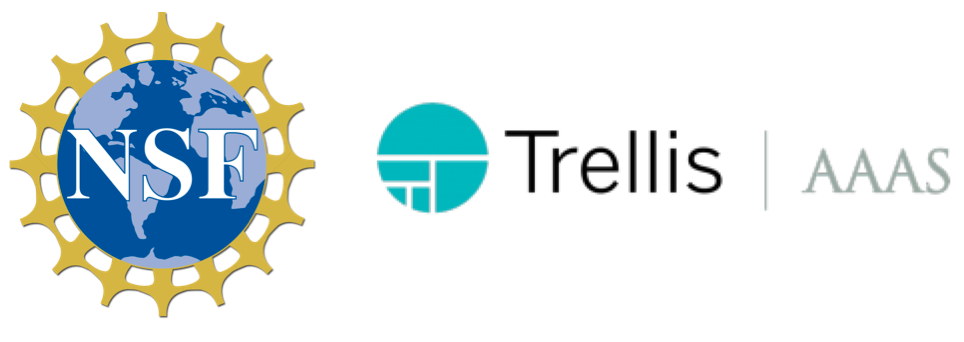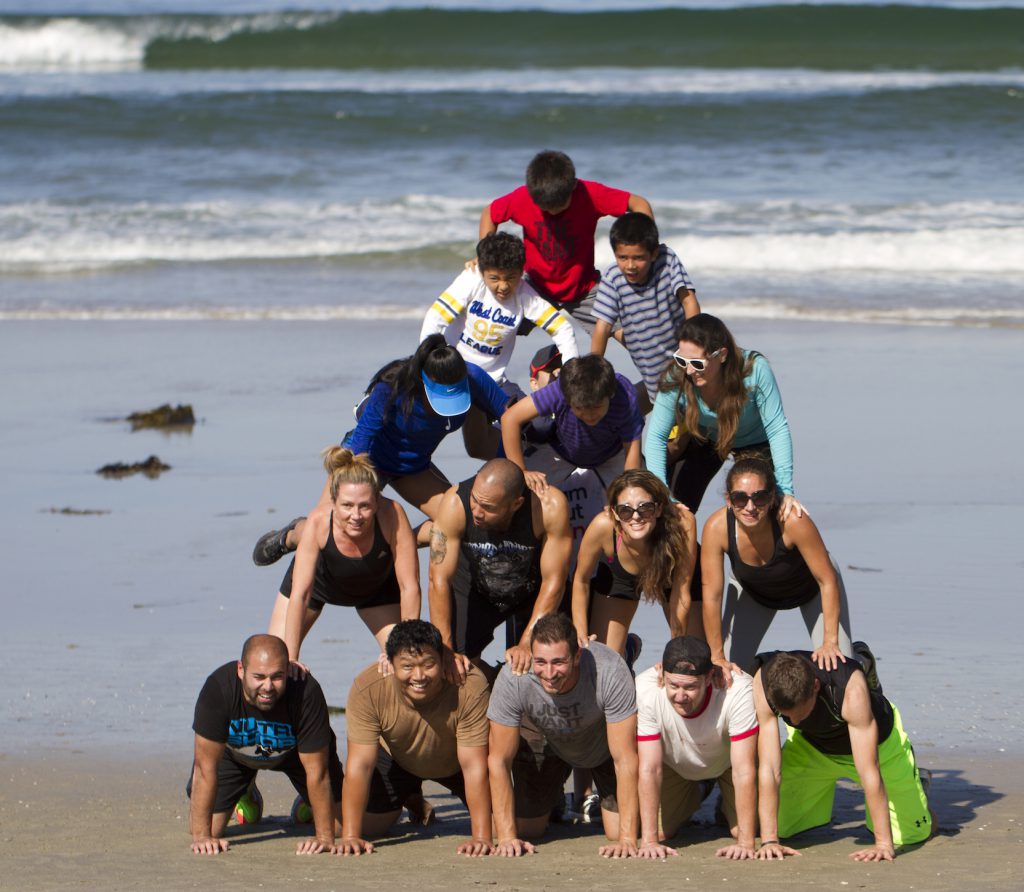In January 2017, we wrapped up the training week for the inaugural class of the AAAS Community Engagement Fellows Program (CEFP), funded by the Alfred P. Sloan Foundation. The first cohort of Fellows is made up of 17 scientific community managers working with a diverse range of scientific communities. As they continue to develop their community engagement skills and apply some of the ideas and strategies from the January training, the Fellows will report back on the Trellis blog, sharing their challenges, discoveries, and insights. Yesterday Stephanie O’Donnell described several different audiences and use cases for community playbooks. Today, in the final post in her three part series, will dive into the content of community playbooks.
Posted by Stephanie O’Donnell, Community Manager at WILDLABS.net, Fauna & Flora International
Now that we’ve established how useful a playbook might be and how different audiences might use it, we come to the big question: what goes in your Playbook? Read on to learn about the different kinds of content and content mediums that you can choose from. The credit for this framework goes to the Community Roundtable, who presented the following information in a CEFP webinar.
Continue reading “Building a community playbook part 3: What’s in it?”







